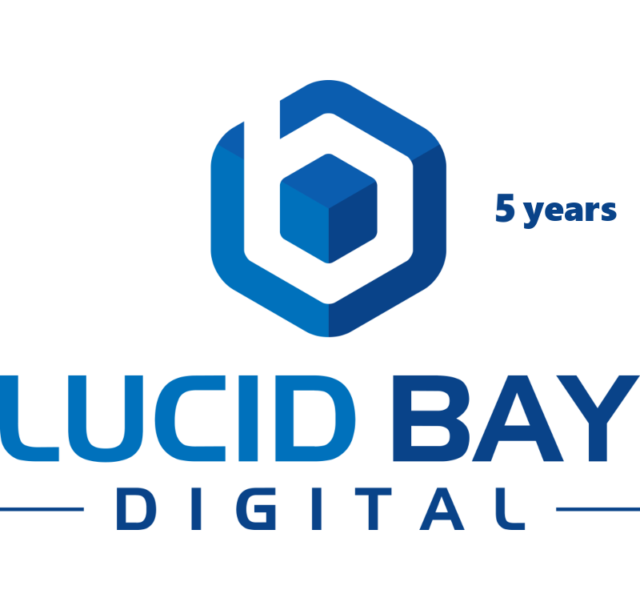Will Story points work for my team?
Are you also wondering, like I did years ago, if story point estimating will work in your team? Read this article about how T-shape and substitutability on your team can help you do that.
Will Story points work for my team? Read More »










